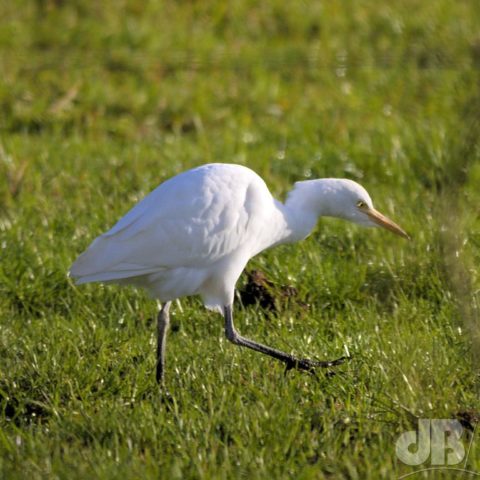
Back in the early 1990s, Mrs Sciencebase and I visited Botswana and Zimbabwe. It was wonderful. The people, the landscapes, the wildlife. There were so many superb species around such as Golden Weaver Birds, Oxpeckers, Superb Starlings, various storks, ibis, vultures, Fish Eagles, Eagle Owl, and Little Egrets (probably Cattle Egrets too).
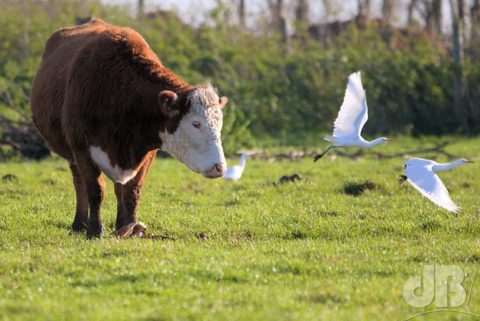
We were quite confused on our return on a visit to the North Norfolk coast (a place that would become a favourite haunt) that we saw a Little Egret there. Over the next three decades or so little egrets seem to have become increasingly common in East Anglia and although it’s still lovely to see them, they’re almost commonplace. Five years ago the same couldn’t be said of another type of egret. The Great White Egret, but that too is becoming more common. Similarly, Cattle Egret (Bubulcus ibis).
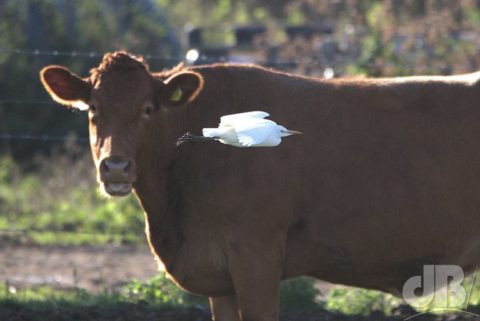
Is it simply an effect of climate change? These ostensibly African birds spreading their wings and thus their range and reaching farther north with each passing year? Well, climate change is definitely playing a role in species distribution when it comes to birds and many other forms of life. But, it’s more subtle than that. Deliberately or inadvertent introduction of the Red Swamp Crayfish (Procambarus clarkii) in freshwater lakes across Europe is providing egrets of all flavours as well as cormorants and other species with a ready, but unaccustomed food source and this is allowing them to expand their numbers and their range. (Barbaresi and Gherardi 2000, RodrÃguez et al. 2005)
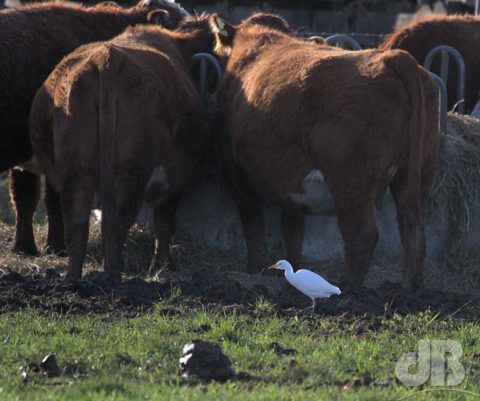
The presence of the introduced North American crayfish, often known as the freshwater lobster, in the lakes of Northern France now means those egrets that were so rare this far north have but a short hop across the channel and upwards into East Anglia where they will find food and a foothold in small numbers.
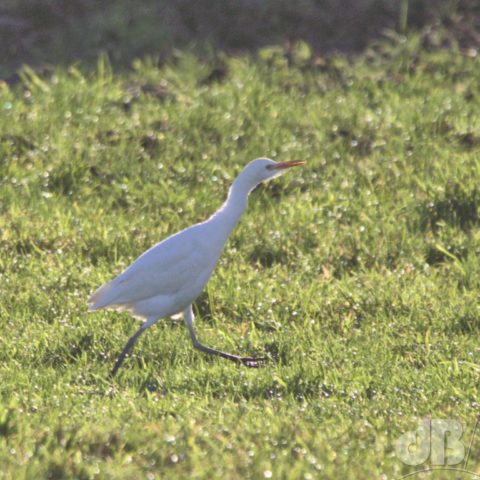
It is perhaps only a matter of time before the red swamp crayfish becomes widespread in the freshwater lakes of The British Isles too and those egret numbers will rise still further.
We saw five Cattle Egrets in Fen Drayton this morning, feeding in between the hooves of a herd of cattle. Last winter we saw a flock of some 60 or so Little Egrets in the reserve that abuts the village and I have seen half a dozen Great White Egrets there (alongside lots of Little Egrets and lots of Grey Herons).
It’s possibly the same phenomenon leading to more frequent sightings of Glossy Ibis in East Anglia lately too.